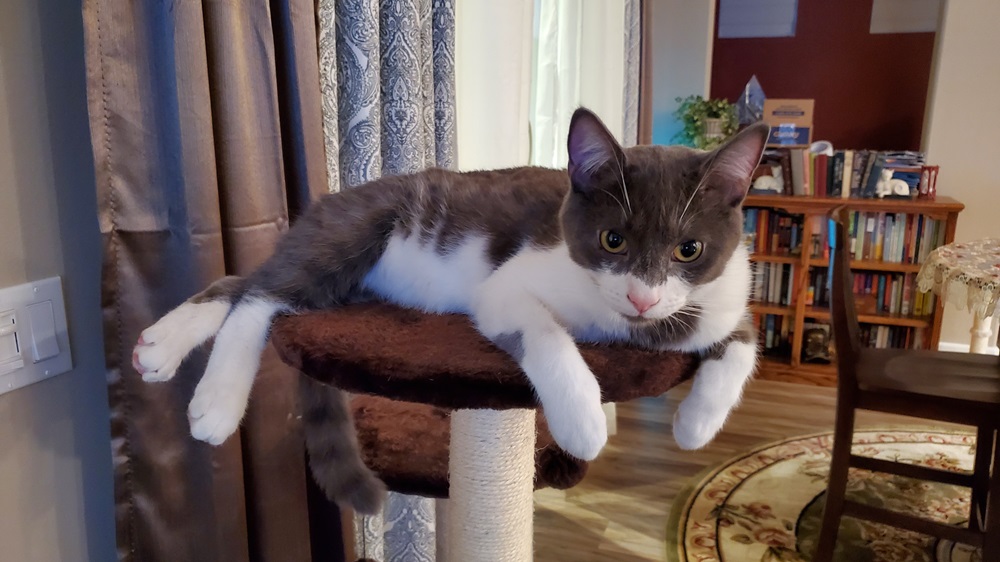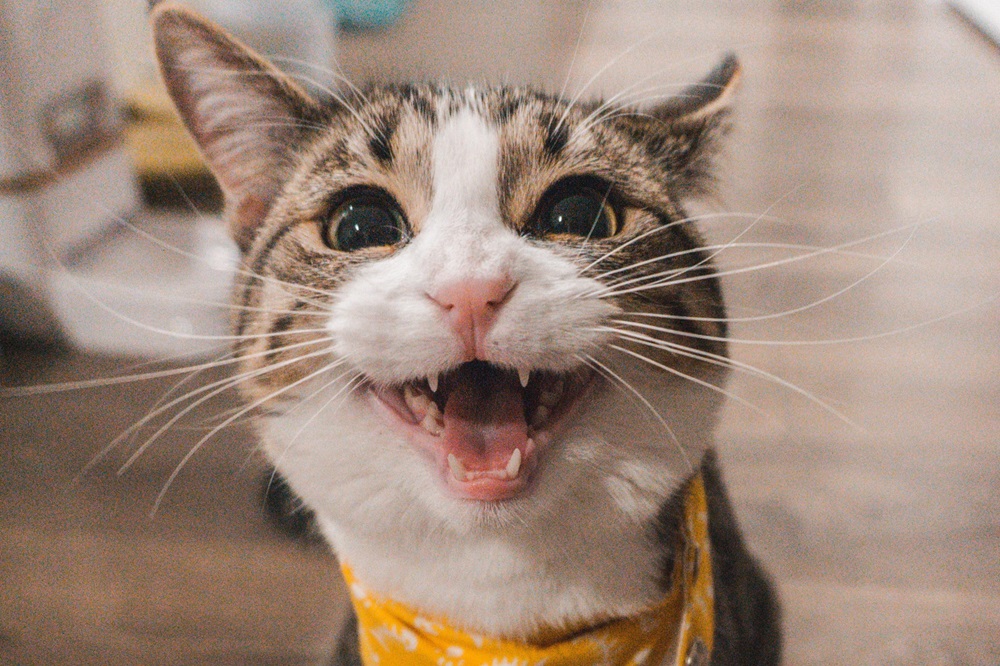Cats are strange little creatures. One minute they’re cuddling on your chest like a baby, the next they’re karate-kicking your elbow and sprinting down the hallway like they just remembered a meeting. So naturally, when your cat meows at you, it’s tempting to meow back. But does your cat actually like it when you respond with a meow of your own?
Let’s dig into the fine art of human-to-cat communication, what your meows mean to them, and whether your feline friend secretly thinks you’re a weirdo or a genius for trying.
Why Cats Meow in the First Place
First, a little backstory on the meow itself. Adult cats don’t typically meow at each other. This sound is mostly reserved for humans, which means it’s their way of saying, “Hey, tall food provider, notice me.”
Kittens meow at their mothers for attention, warmth, and snacks. But once they grow up, cats mainly use other cues (like body language and scent) to communicate with other cats. With humans, though? Meowing becomes the go-to method.
In other words, your cat thinks you’re a big, not-so-furry mama cat who needs verbal reminders to feed them and open doors.
What Your Cat’s Meows Actually Mean
You probably already know that not every meow is the same. Some are gentle. Some are persistent. Some sound like your cat stubbed their toe.
Here are a few common types of cat vocalizations and what they might mean:
- Short, soft meows: Usually a casual greeting or a polite request
- Rapid-fire meowing: “Hello, excuse me, I am absolutely starving and this is urgent”
- Long, drawn-out meows: Possibly a complaint or a demand
- Low-pitched meows: Could mean your cat is annoyed or displeased
- Chirps and trills: Often a happy sound, like “Follow me” or “Look at this thing I found”
Each cat has their own dialect, so getting to know your cat’s specific “words” is part of the fun.
What Happens When You Meow Back
Now for the million-dollar question: what happens when you respond in kind?
Your cat probably doesn’t think you’re speaking flawless feline. But that doesn’t mean they aren’t interested in the effort. Some cats will pause, stare, and then meow again. Others might tilt their head or blink slowly, which is kind of the cat version of “Oh wow, you’re trying.”
Many cats enjoy back-and-forth meowing with their humans. They may see it as playful, engaging, or at least an interesting part of their day. But not all cats are into it. Some might ignore you completely. Others might get overstimulated or irritated if you’re too loud or persistent.
The key here is reading your cat’s body language and tone. If their tail starts twitching or their ears go flat, take the hint and switch to less vocal forms of affection.
Do Cats Actually Understand Human Meows?
The short answer is no, not really. But that doesn’t mean your meows are pointless.
Cats are smart enough to know when you’re trying to interact with them. While they probably don’t think you just said, “The sun is a biscuit,” they do recognize your voice and tone. And your willingness to engage may strengthen your bond over time.
If you want to impress your cat even more, try using soft vocal tones, slow blinks, and gentle gestures. Cats are masters at picking up on energy and intention, even if your accent is terrible.
Other Ways to Talk to Your Cat Without Making Weird Noises
If meowing back feels silly (or if your cat responds like you’ve lost your mind), there are plenty of other ways to communicate:
- Slow blinking: This is basically a kitty love letter. If you blink slowly at your cat and they blink back, congratulations, you’re besties.
- Body positioning: Sitting low, avoiding direct stares, and offering an open hand are all friendly, non-threatening signals.
- Positive reinforcement: Talking in a calm voice while giving treats, pets, or playtime reinforces trust and teaches them you’re a pretty great roommate.
Cats are subtle communicators, so mixing vocal and non-vocal cues will get you further than just meowing like a karaoke singer.
When Your Cat Doesn’t Want to Talk
Some cats are chatty. Others would prefer you respect their silent, contemplative lifestyle.
If your cat walks away, turns their ears back, or gives you that slow, disappointed blink, they might not be in the mood for a conversation. And that’s okay.
Let your cat set the pace. Over time, they’ll let you know how they like to interact. Some may become more vocal with age or comfort. Others will forever be the strong, silent type.

Should I Respond to My Cat Meowing? Seriously? Is that really a question? Of course, you should! It’s the least you can do after I’ve spent all day perfecting my ‘feed me’ serenade. And bring snacks. #HumanTraining101 #MeowMeansMoreSnacks #CatConcerto #MeowForMeals
Joey (“Chunk”)
What If Your Cat Meows Excessively?
Occasional meowing is normal. But if your cat suddenly starts meowing more than usual, it might be worth checking in with your vet.
Excessive meowing can be a sign of:
- Hunger or thirst
- Pain or discomfort
- Anxiety or stress
- Cognitive changes in older cats
- Boredom or lack of stimulation
Before brushing it off as “just being vocal,” pay attention to the context and any changes in your cat’s behavior. Especially if your attempts at conversation are met with frantic pacing or insistent yowling.
Final Thoughts
Meowing back at your cat might not make you fluent in feline, but it can still be a fun, bonding experience. Some cats love it. Others find it mildly interesting. A few may look at you like you just tried to recite Shakespeare in squirrel.
The important part is that you’re engaging. Whether through sounds, gestures, or cozy lap time, communication is how your cat builds trust with you. And if meowing back is part of that connection, lean in. Just maybe keep it to a whisper if you have neighbors.
Sources:
– Meowing and Yowling | ASPCA https://www.aspca.org/pet-care/cat-care/common-cat-behavior-issues/meowing-and-yowling
– Can My Cat Understand Human Meows? | Catster https://www.catster.com/cat-behavior/can-my-cat-understand-human-meows
– Truth or Myth: Cats Only Meow to Humans | Hartz https://www.hartz.com/truth-or-myth-cats-only-meow-to-humans
– Cat Communication | Wikipedia https://en.wikipedia.org/wiki/Cat_communication
Recent Posts
Your Cat Might Be a Furry Little Healer… or at Least a Fuzzy Alarm System If you’ve ever had your cat suddenly become extra clingy when you’re under the weather, you’re not alone. From...
Cats are experts at hiding things, socks under furniture, their disdain for your playlist, and, unfortunately, symptoms of illness. In the wild, showing weakness could make them a target, so even...


